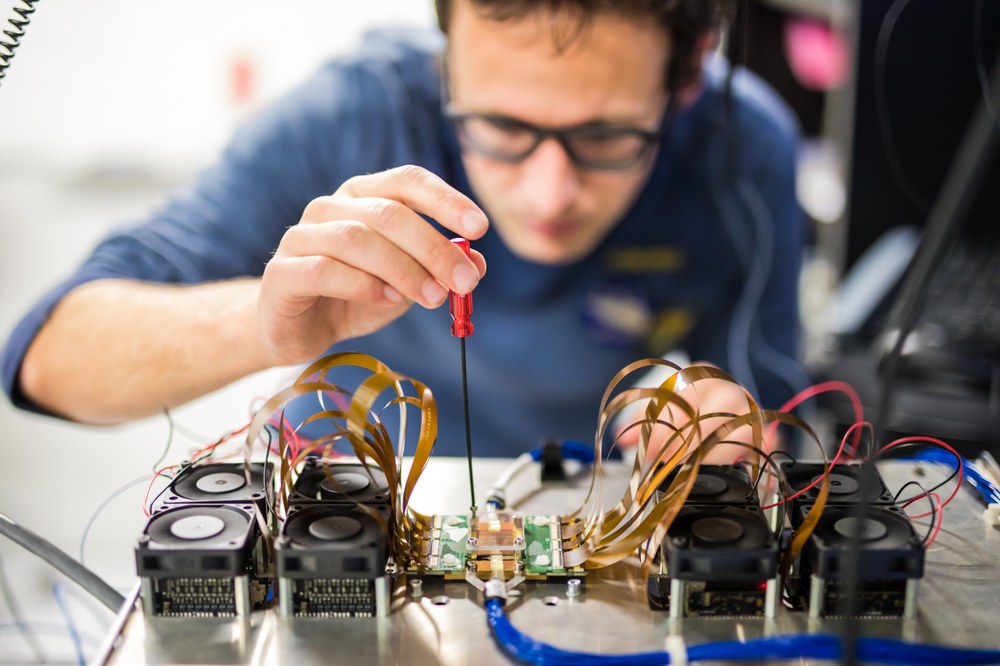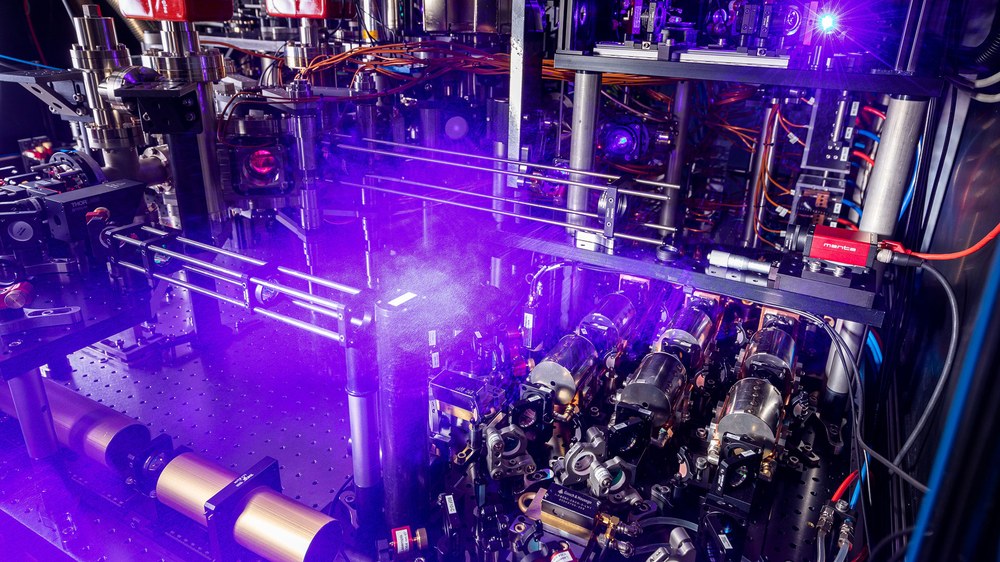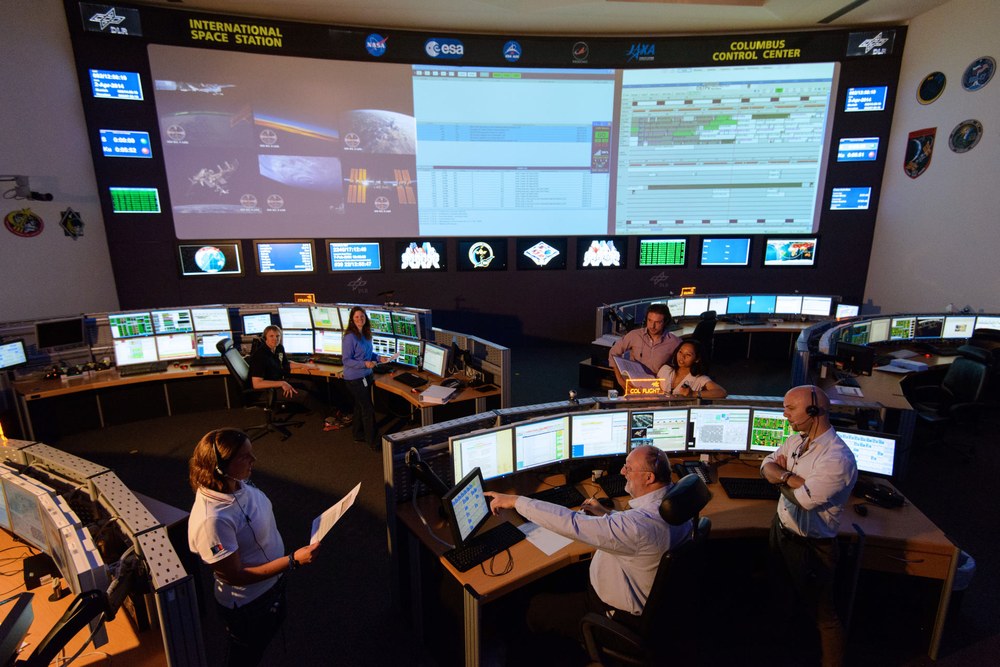The first of its kind

eifertfotodesign.de
Quantum computers are designed to solve problems that conventional supercomputers are unable to address, whether this is devising new materials, establishing improved routings, cracking complex optimisation problems or facilitating ultra-efficient machine learning. As a universal quantum-mechanical tool, they offer enormous potential for research, industry and business. However, this exciting technology has not yet made the leap from basic research to practical applications. The DLR Quantum Computing Initiative is set to change that. Together with industry, business, start-ups and research, it is developing prototype quantum computers and the necessary technologies and applications. The first projects have already started.
When an inconspicuous van pulls up in front of the DLR Innovation Center in Ulm, there is little to indicate that history is being made. The doors open to reveal a sparsely loaded flatbed – a pallet and pallet lifter, some odds and ends, and a foil-wrapped crate the size of a refrigerator.
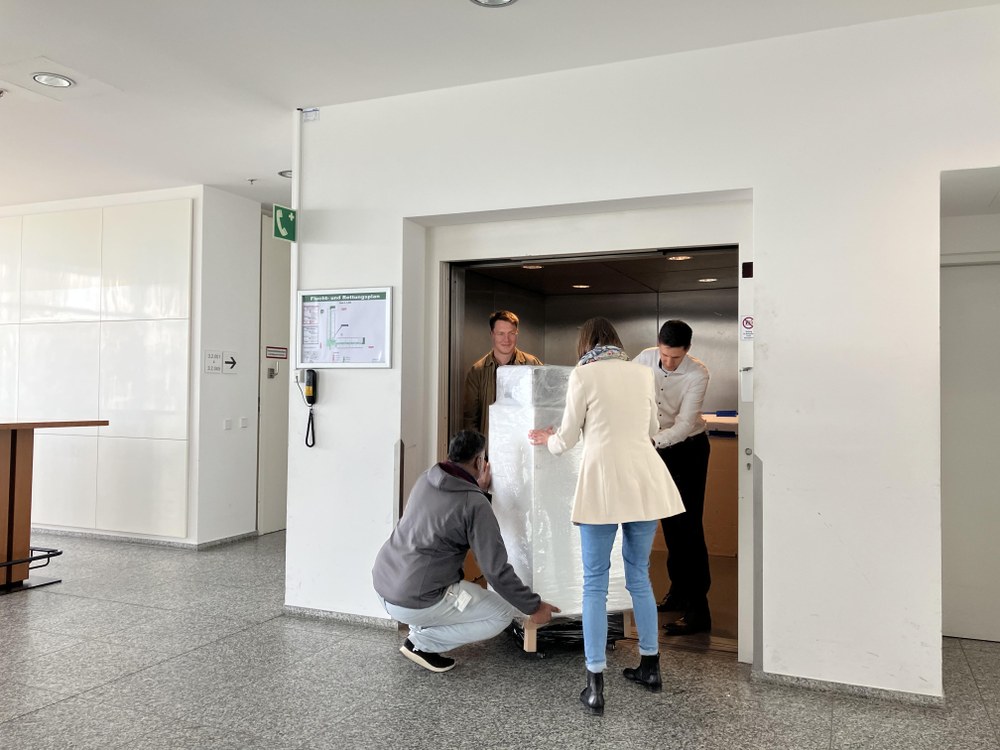
But this refrigerator-shaped package contains something important – a quantum computer. Leipzig-based start-up XeedQ has built it for the DLR Quantum Computing Initiative (DLR QCI). The small, four-qubit system has a somewhat awkward name – XQ1i – and is the first device of its kind. Admittedly, the XQ1i cannot solve any serious problems just yet. Instead, it will give the DLR research teams their first experience with real quantum computing hardware, which will provide them with a head start as soon as larger, more complex machines become available.
"As the DLR Quantum Computing Initiative, we have set out to pave the way for quantum computers, from basic research to industrial applications," says Robert Axmann, Head of the DLR QCI. "This will not happen overnight. There are many challenges involved in developing the necessary technologies and putting the structural necessities in place so that quantum computers can be used commercially on a large scale."
Technology transfer at two sites
To aid effective technology transfer, DLR has established two innovation centres, one at its Ulm site and one in Hamburg. There, contracted companies and research teams have access to clean rooms, offices, workshops and laboratories. DLR research projects, industry, the start-up scene and future users of quantum computing come together here. By combining infrastructure and expertise, DLR enables deep-tech start-ups without their own laboratories and production facilities to develop and manufacture their own hardware and technologies at an industrial level. Ultimately, the quantum computers created as part of the DLR QCI will be made available to DLR institutes and interested partners via a quantum computing platform. By fostering the close connection between research, science, industry and business, DLR is supporting the German government's goal of putting Germany and Europe in a prime international position and consolidate their status at the forefront of this technology. DLR commissions complete systems that it can use itself, while at the same time enabling start-ups to develop their ideas to market maturity. The resulting intellectual property will remain with DLR to enable the strategic development of these technologies in Europe without the risk of expertise moving abroad.
As such, the delivery of the XQ1i marks an important milestone for DLR. As it is independent of external quantum resources and completely self-sufficient, DLR researchers can interact directly with the qubits of the XQ1i, measure them, change them and connect them to computational operations. "These are the kinds of experimental experiences that you cannot have on a simulator," says Axmann. "This will allow our research teams to use future, much more complex quantum computers of this type in their research and development work."
Enormous potential for business and research
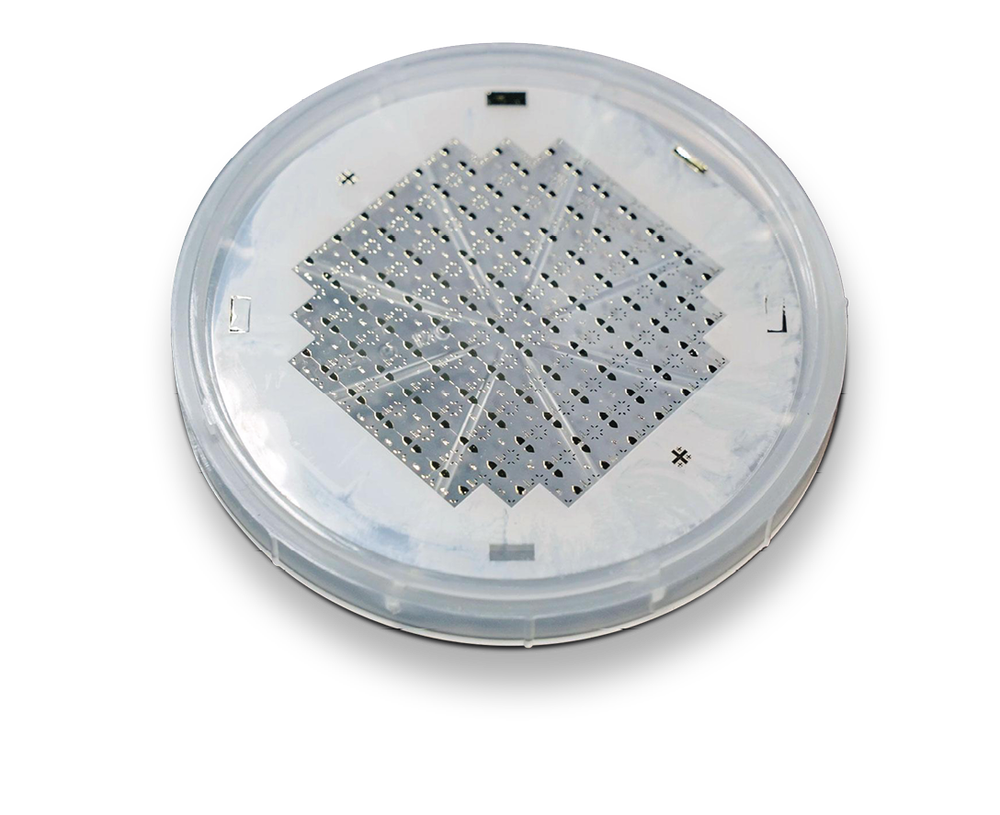
QUDORA Technologies GmbH
"Quantum computers offer enormous opportunities for industry and research," says Karla Loida, Hardware Project Manager at the DLR QCI. "However, it is still entirely unclear which technological approach will prove to be most suitable." Instead of committing to one technology for the realisation of quantum computers, the DLR QCI is therefore focusing on technological diversity: "XeedQ's XQ1i is currently one of 12 hardware projects that we have commissioned from start-ups and established companies," says Loida. Together with teams of researchers from DLR, these companies are developing quantum computers with different technological foundations at the DLR innovation centres in Hamburg and Ulm. To this end, more than two dozen DLR research teams are working on additional hardware, software and applications for the use of quantum computers in research, industry and business. "By positioning ourselves broadly in terms of technologies and considering the entire value chain from suppliers to applications, the DLR QCI is strengthening the entire spectrum of expertise in the German quantum computing ecosystem."
In Hamburg, for example, researchers are focusing on the industrial production and use of quantum computers based on ion traps. In Ulm, meanwhile, the focus is on qubits created using Nitrogen-Vacancy (NV) centers, neutral atoms and photonic systems.
From the laboratory to the outside world
There were a number of obstacles in getting the XQ1i from the van to the lab at the DLR Innovation Center. XeedQ founder Gopi Balasubramanian and the DLR QCI hardware team combined forces to manoeuvre the heavy computer into a passenger lift. The XQ1i is a robust system, so it works at room temperature and can withstand a bumpy ride. This distinguishes it from other approaches to quantum computing, which may require extensive cooling systems or complex control and measurement units.
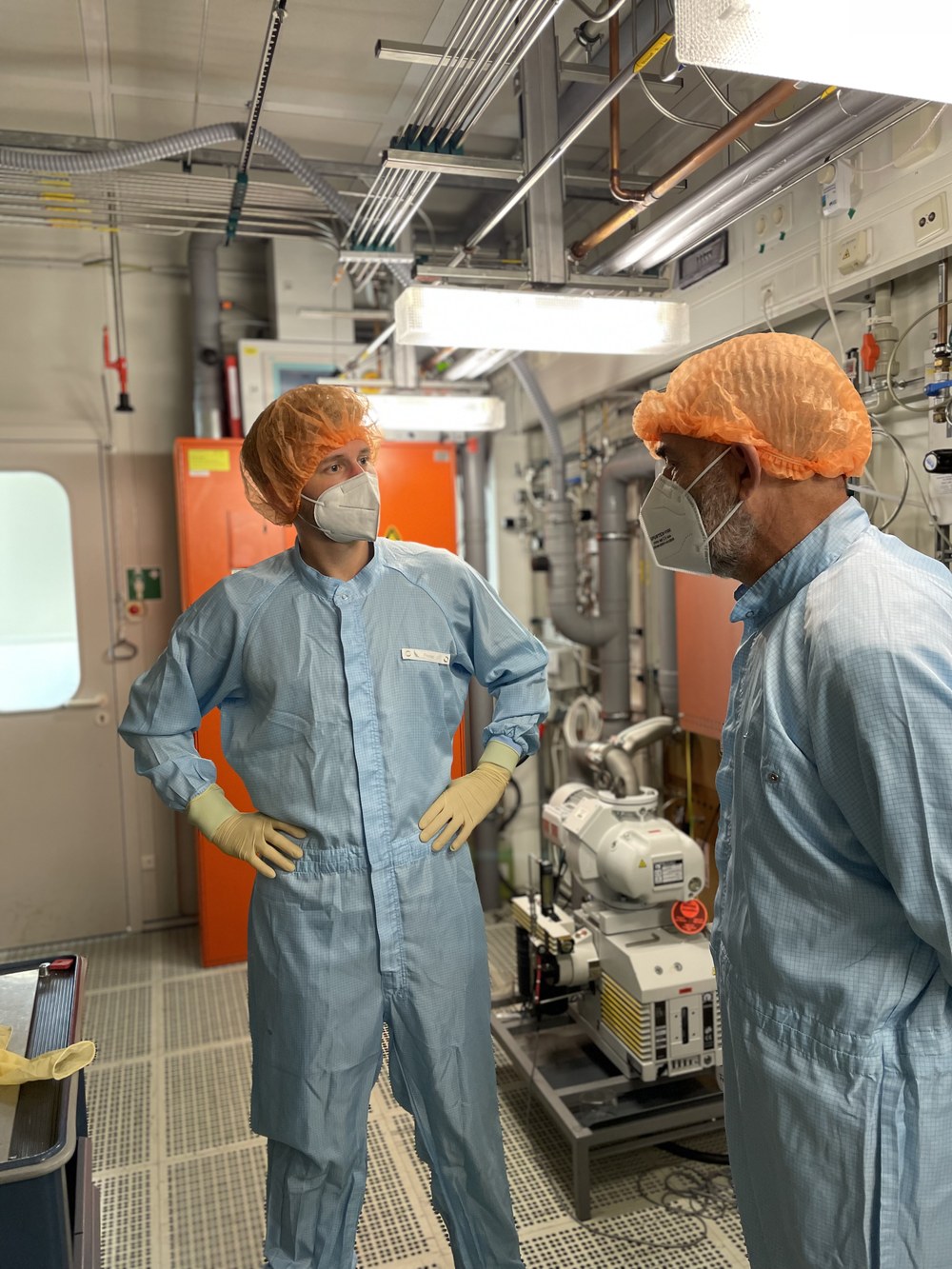
Diatope
The XeedQ team has already moved into an office on the second floor of the DLR Innovation Center in Ulm. From there, XeedQ will work with two companies at the Ulm site that provide enabling technologies – tools necessary for developing the quantum computing ecosystem. Diatope, a start-up based in Ummendorf, near Ulm, produces special diamonds for NV-center-based quantum computers. As part of the DLR QCI, meanwhile, Advanced Quantum is developing an analysis platform for the quality assurance of such diamond qubits. Using the expertise of both companies, XeedQ aims to expand its NV-center platform to an industrialscale. For companies like XeedQ and SaxonQ, which is also developing a mobile NV-center quantum computer for the DLR QCI – this means technological advancement and greater independence at the same time. Quantum technologies are still so new that some components are only available from a single supplier. This dependency can stand in the way of sovereign hardware access for the German high-tech sector.
Advancing the quantum computing ecosystem together
Germany offers excellent conditions for a breakthrough in quantum computing, with strong academic quantum research, high-tech medium-sized suppliers, large-scale industry in research-intensive sectors and a deep-tech start-up scene that is driving technology transfer from cutting-edge research to applications. Policymakers also take the issue seriously. The DLR QCI, which was launched in May 2021, will receive 740 million euros in funding from the German Federal Ministry for Economic Affairs and Climate Action over a period of four years. Some 80 percent of the money will flow directly to industry. DLR will use 20 percent of the funds for its own research and development work. For quantum computing to be a success in Germany, all of this needs to be brought together in a thriving ecosystem. An innovative start-up scene that turns great ideas from research into products is one thing, but use cases in industry and business are also needed to turn good ideas into sound business models. Building this bridge is the task of the innovation centres. "That is why direct interaction on site is so important to us," says Kathrin Höppner, Manager of the Innovation Center Ulm. "By fostering close cooperation between research, development, the supplier industries and applications, we not only support innovation, but also create the necessary structures for the sustainable development of competitive quantum computers, while the expertise and value chains remain in Germany."
It is still unclear which approach – or combination of approaches – will one day win the quantum computer race. It may not be the gigantic, dazzling quantum computer that comes out on top, but a small system that started out as a good idea and looked like a refrigerator in the back of a van.
See all QCI projects at qci.dlr.de/en/projects
The tremendous potential of quantum computers
There are particularly complex computing problems that only quantum computers can solve efficiently – with enormous positive consequences for research, business and society. Due to their special way of performing calculations, quantum computers enable, for example, breakthroughs in the optimisation of difficult logistics tasks, in the development of novel materials and the simulation of chemical processes and physical systems. As a universal quantum-mechanical tool, they support the development of innovative quantum technologies such as extremely sensitive sensors and absolutely interception-proof communications. But before society can benefit from the tremendous potential of quantum computers, research and development on the hardware foundations and possible applications must be continued, and an ecosystem for industrial use must be established.
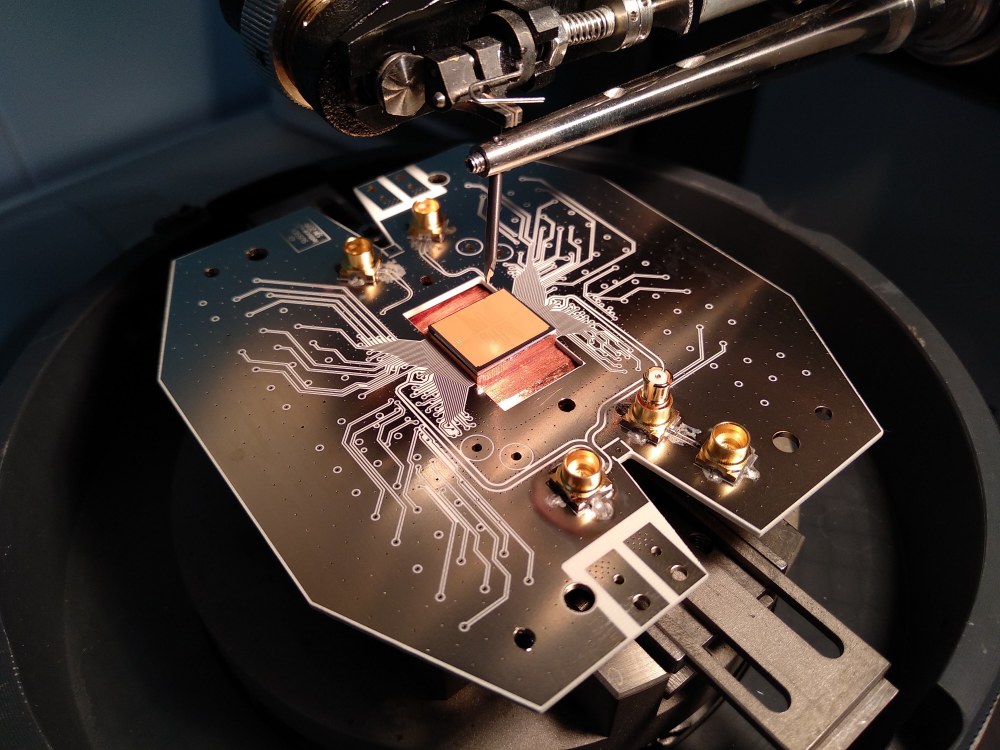
Universal Quantum
An article by Felix Knoke from the DLRmagazine 173


